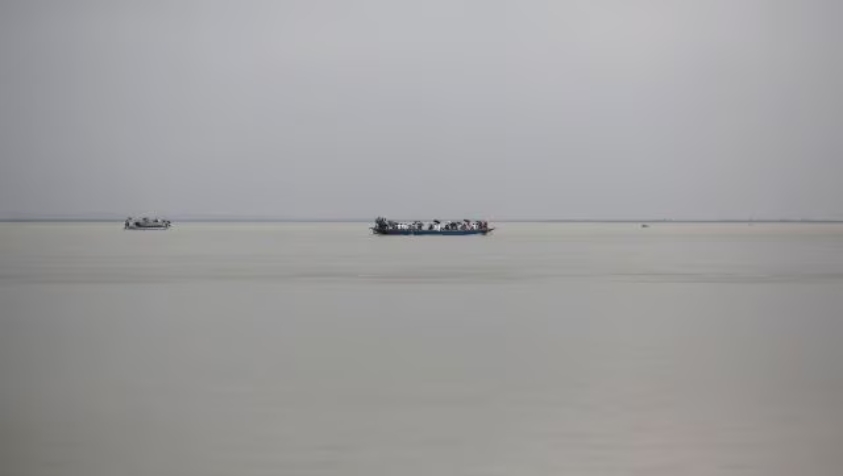
China Approves World’s Largest Dam on Brahmaputra, Raises Concerns for India and Bangladesh
China has approved the construction of the world’s largest dam on the Brahmaputra River in Tibet, near the Indian border. Estimated at a staggering $137 billion, the project is poised to become the planet’s largest infrastructure venture. However, it has sparked apprehension in neighboring riparian nations, particularly India and Bangladesh.
The colossal hydropower dam will be located in the lower reaches of the Yarlung Zangbo River, the Tibetan name for the Brahmaputra, where the river takes a significant U-turn before entering India and Bangladesh. China’s control over the river’s flow raises concerns about potential flooding during hostilities, further complicating regional water-sharing dynamics.
India, which is also constructing a dam on the Brahmaputra in Arunachal Pradesh, relies on the Expert Level Mechanism (ELM) established in 2006 with China to exchange hydrological information. However, the scale of this new dam heightens the stakes for water security in the region.
The dam, part of China’s 14th Five-Year Plan (2021-2025), is projected to overshadow even the Three Gorges Dam, previously the largest infrastructure project globally. China’s $1.5 billion Zam Hydropower Station, operational since 2015, underscores its ambitions in the Himalayan region.
As Beijing advances its infrastructural dominance, the project’s geopolitical and ecological implications remain a critical concern for India and Bangladesh.





